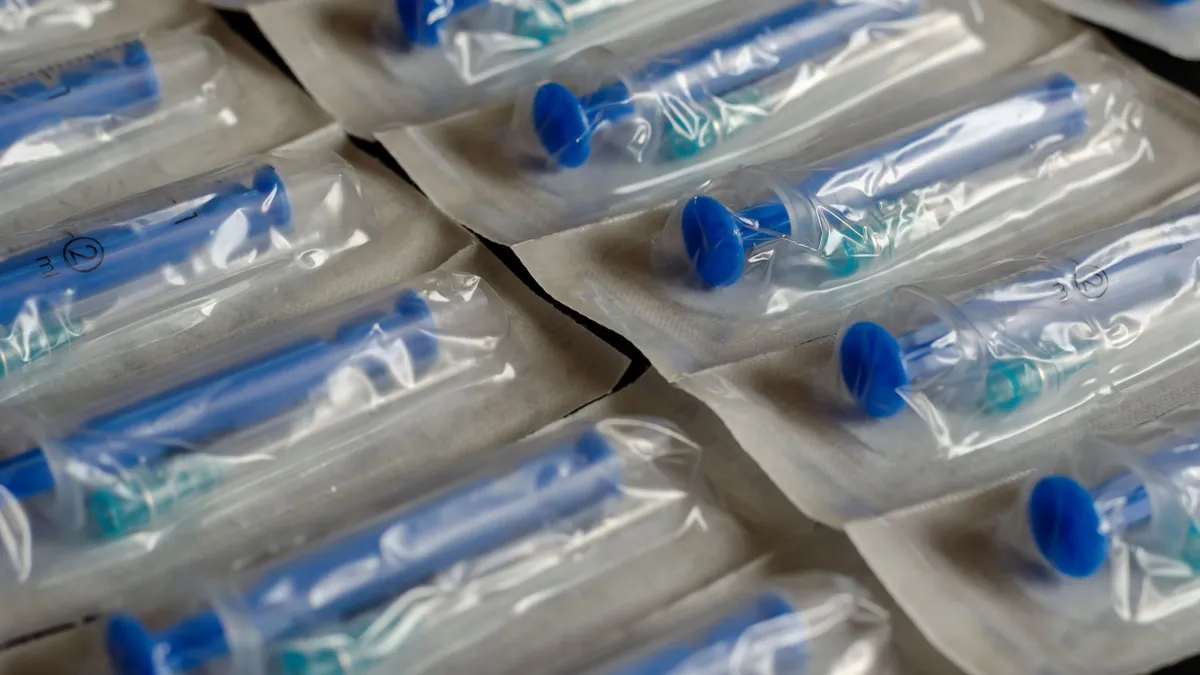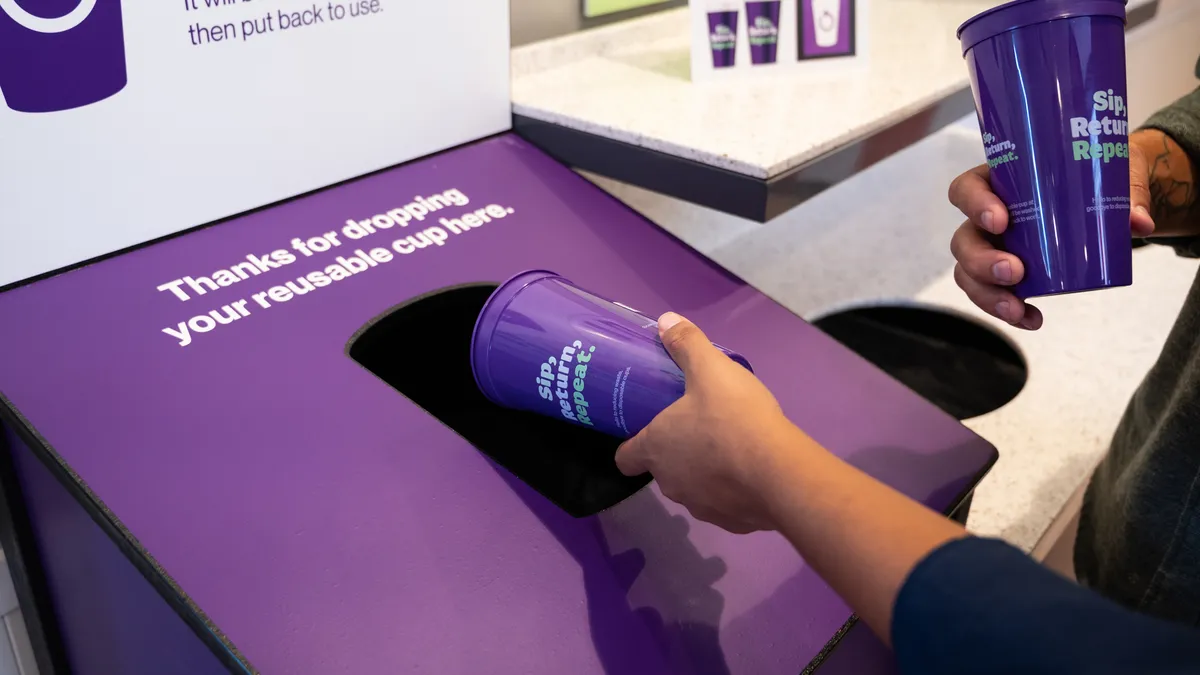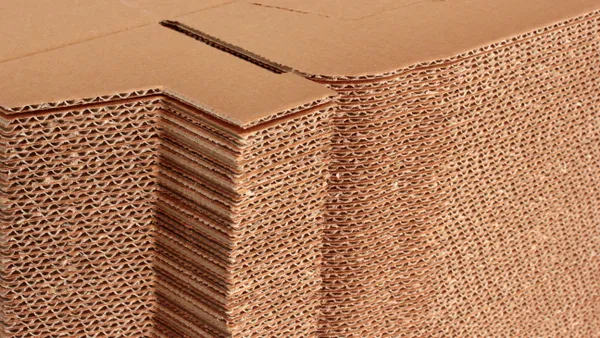Dive Brief:
- Plastics collected from hospital and healthcare settings are a valuable feedstock source for chemical recycling operations, according to a March report from the Healthcare Plastics Recycling Council. It published results from a multi-year pilot project on healthcare waste collection last month.
- The project aimed to determine the feasibility of collecting and sorting certain plastics from pre-surgical and laboratory areas of hospitals, then sending the feedstock to chemical recycling companies for use in operations. HPRC aims to scale up collection and processing of such materials by getting more recyclers involved in the sector.
- Participating companies such as Alterra Energy, Eastman, Brightmark, PureCycle, Resynergi and others studied plastic collected from healthcare settings to determine which types were most compatible with their recycling processes. Cleveland Clinic, The Ohio State University Wexner Medical Center and other hospitals participated in collection programs.
Dive Insight:
Chemical recyclers looking for reliable feedstock streams have made agreements in recent years with a number of recyclers, retailers and other sources. The healthcare sector is seen as an untapped source of such materials because hospital settings rely on items wrapped in single-use plastic to keep materials sterile.
HPRC notes that global demand for recycled plastic is growing, due in part to brand commitments and recycled content mandates, and that between 5 million to 7.5 million metric tons of recycled plastic content will be required by 2030 to meet manufacturing needs.
At the same time, some companies under the chemical recycling umbrella — also known as advanced recycling — have struggled to collect enough volume to fuel their operations as they make plans to scale, while others have faced financial challenges in recent years. The industry also faces criticism from some environmentalists.
The report notes that healthcare packaging often includes “high-quality feedstocks” such as polypropylene, polyethylene, and polystyrene, but many hospitals lack recycling systems for the material or grapple with contamination in collection programs, the report said.
HPRC launching in 2010. Its members include Casella, as well as packaging companies such as Amcor.
As part of the long-term project, in 2022 HPRC established a pilot program with participating hospitals, which agreed to collect certain plastics separately from their regular trash or recycling collection. Some materials collected during the project included flexible sterile packaging, PS pipette racks, HDPE saline solution bottles and other packaging.
Project coordinators worked with the hospitals to set up recycling and collection programs for the material, a process HPRC hopes it can duplicate at more hospitals in the future. HPRC’s project found that the participating hospitals, with the exception of Cleveland Clinic, “did not have extensive plastic waste collection programs in place” before the pilot program.
A second report, published in March, offered more details on the types and volumes of hospital-discarded plastics and identified which materials are most compatible with various chemical recycling technologies. The report also offered pointers for hospitals seeking to collect the material.
HPRC said it hopes its findings will “generate interest” in healthcare plastics as a feedstock for both mechanical and advanced recyclers.
“This project proves that hospital plastics aren’t just waste — they’re a valuable resource for building a circular economy in healthcare,” Zach Muscato, corporate sustainability manager at Plastic Ingenuity and co-leader of the project, said in a statement.
HPRC also called for MRFs and plastic recycling facilities to take an active role in collection and sortation of the material. “Most healthcare plastics are high quality, clean feedstock and are not contaminated with bodily fluids,” the report notes. “Advanced recyclers can use this material and will pay for it but typically need some level of sortation to best utilize their equipment. Consider taking hospital plastics for sortation and developing an additional revenue stream.”
At the same time, medical device manufacturers and healthcare packaging companies should “design packaging for recyclability in both mechanical and advanced” applications, the report said.
Healthcare packaging sortation remains a challenge, the report states, and future research will look into the available sorting technologies and locations that could better sort materials most in-demand from chemical recyclers.
“By digging in with real world waste collection, sortation, and analysis, we were able to understand first-hand the existing barriers and constraints across the full system while also recognizing the potential that advanced recycling can provide to the medical industry,” said Katherine Hoffman, co-lead of the project and a sustainability strategic initiatives manager at Eastman.
The next step for the program is to scale the pilot into a regional program that could develop “a financially viable system that could be replicated in other regions,” the report stated. HPRC will work with the Alliance to End Plastic Waste, the Vinyl Institute, the Houston Methodist hospital system and others to start this next phase, the report said.
















